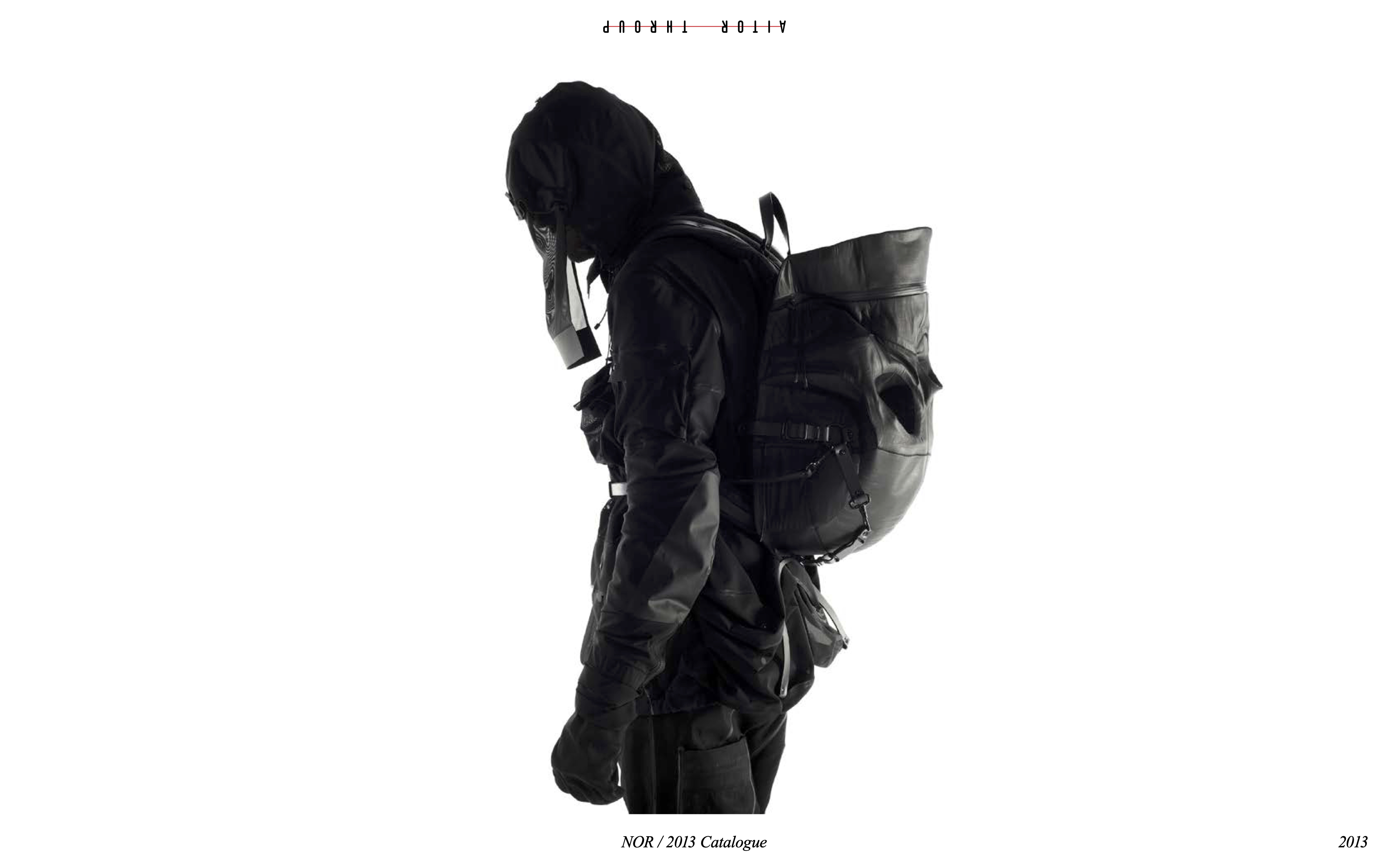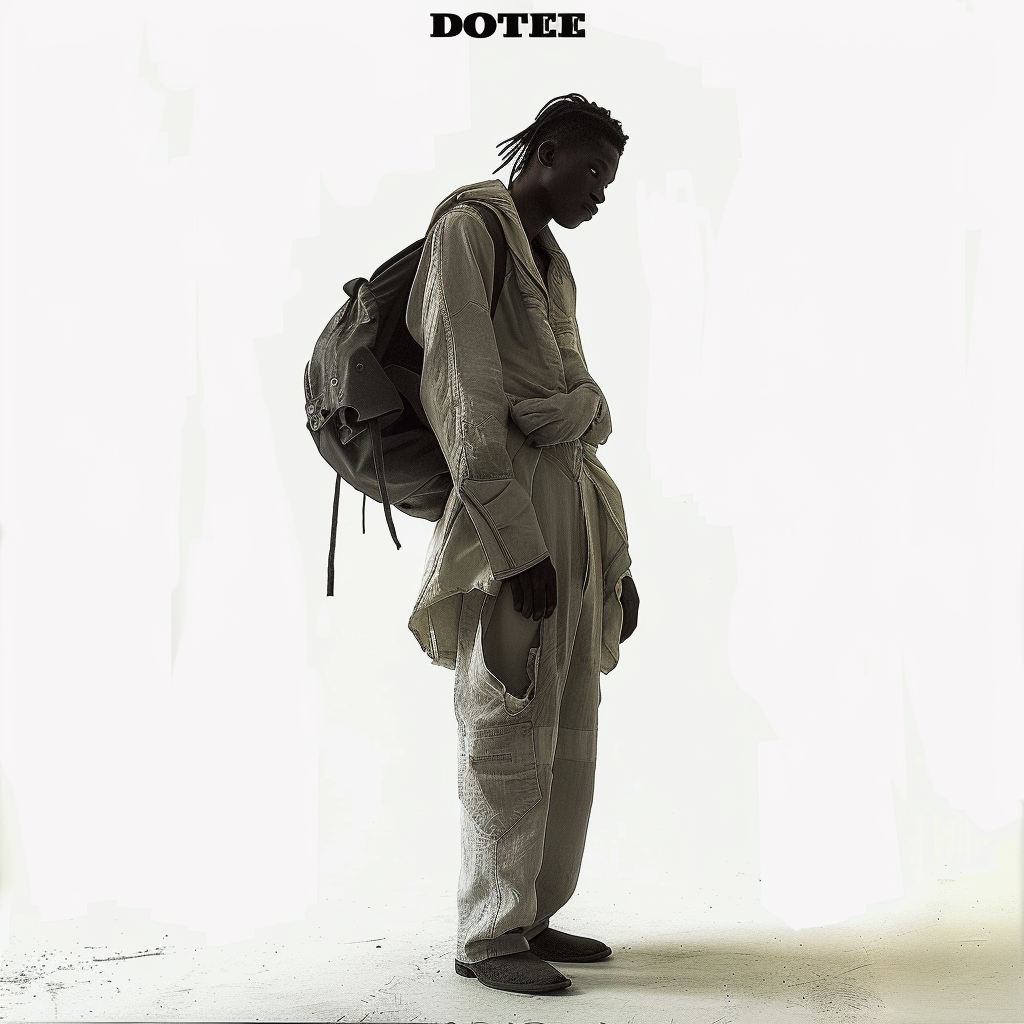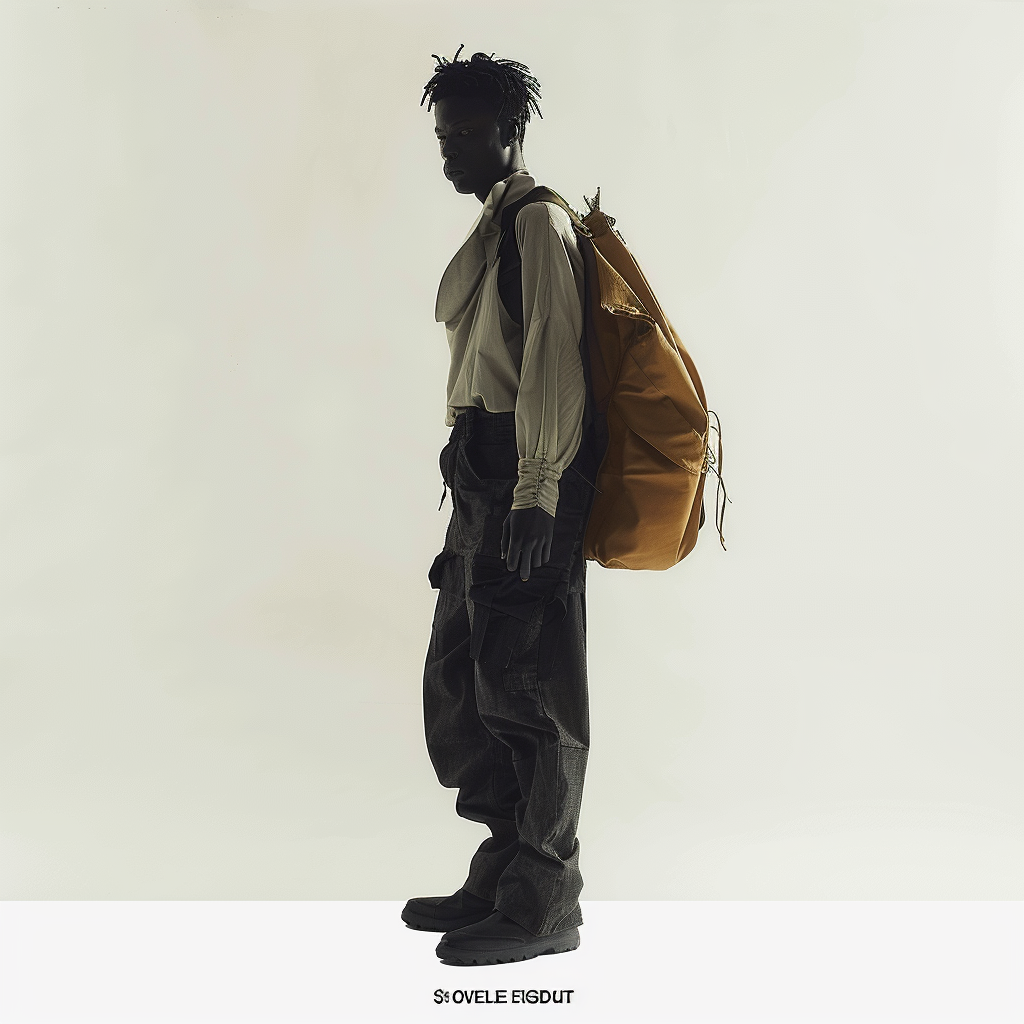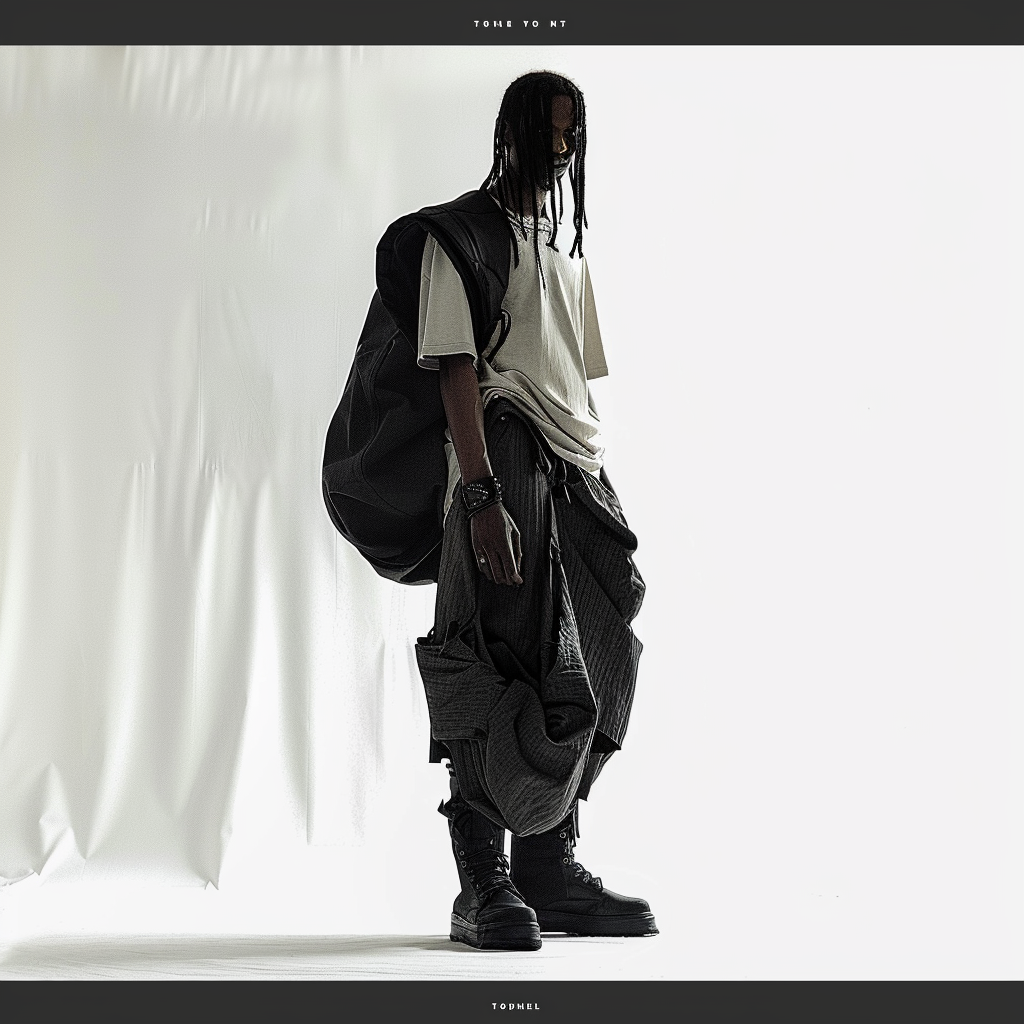A New Kind Of SUBLIME?
Creative Infringement
In 2019, computation was used to compile many terabytes of data from the Event Horizon Telescope (EHT) to produce the first (synthetic) image of a black hole roughly 55 million light-years away in the center of the Messier 87 (M87) galaxy. In 2022, Sagittarius A was imaged at the center of our own Milky Way by the Event Horizon Telescope project. These achievements, and the subsequent images produced by the James Webb Telescope, mark a seminal moment in the history of images.
The first visualization of a black hole required a synchronized array of radio telescopes located across the globe, turning the world’s surface into a sort of giant planetary sensor–a theoretical aperture the size of the Earth. The web of telescopes, which are actually radio dishes, produce high fidelity information through an interferometric process called Very Long Baseline Interferometry (VLBI) that combines their individual measurements of wave interference. To model M87’s appearance, EHT ran simulations and used ray tracing to describe the gas and plasma surrounding the black hole that were parametrized with its spin and temperature values. Ray tracing describes the computational reproduction of optical effects such as light, shadows, and depth.
The massive amounts of information recorded over ten days of observation provided data that took two years to compute and process into a verifiable and reproducible image. Scholars such as Shane Denson point to the micro-temporal speed involved in mediating everyday computational images, but in the case of the black hole the process is macro-temporal, stretching over days and years.[1] This scale, both spatially and temporally, is a new capability that affords a new kind of image.
What we see, the orange circle amid a black void, is the light from the accretion disk around the shadow of the mass that is the black hole. The color choices we see are in fact arbitrarily chosen by scientists and correspond to the temperature and wave frequencies observed in the magnetic fields near the event horizon of the black hole at the center of M87. The initial blurry image has been subsequently sharpened with new algorithms and upsampling techniques and re-published.
The collaboration brought together institutions and astronomers from all over the world seeking to push the observation of quasars and black holes beyond the limits holding science back: providing a deeper understanding of space, time, and gravity fundamental to understanding the universe. The limits of knowledge and the terrifying yet affectively pleasurable feeling of confronting it through an aesthetic experience is the sublime I want to think through here. The profundity of this astronomical image, and what it verifies and confers, prompts the question of whether it stands for a new form of the sublime.
In The Critique of the Power of Judgement, Kant analyzes the conditions that enable what he calls reflective judgements of taste, most notably those accompanying the experience of the beautiful and the sublime. Formed without the logical concepts he claimed were prerequisites for understanding and cognition, judgements of taste are closer to the imagination: they arise freely and evoke delight without ends to justify their existence. There are no proofs to validate these reflective judgements. Different than the singular preferences of an individual that he calls agreeable, judgements of the beautiful and the sublime assume a universal validity, although they are subjectively felt, which bonds all humans in what Kant calls the sensus communis of taste.
The sublime transcends the limitations of expression and representation while inducing both pleasure and terror. Regarding the limits of reason referenced in the epigraph to this chapter, the sublime allows the mind to recognize its own disposition when estimating the external world. When confronted by the infinity of the sublime, we experience an aesthetic recognition of our own finitude.
For Kant, the sublime is part of his larger critical and moral project to define freedom within the edges of human reason and aesthetic experience. I want to stay with this principal, and indeed with this definition of the sublime, yet also point to Kant’s teleology of judgment as a shortcoming that effaces the indeterminacy of experience–or the contingency of experience in the world.
Fred Moten writes about Black aesthetics as a manifestation of indeterminacy and freedom from within unfreedom–in the break, in the cut, in the blur. In reference to Miles Davis’ kinetic musical improvisation and the words of Samuel Delaney alluding to Cecil Taylor and Amiri Baraka he summons the sublime as “that which is experienced as a kind of temporal distancing and the out interinanimation of disconnection…”[2] In words written about the digital art of American Artist, Moten’s lyrical exposition is worth quoting at length:
American Artist rigorously understands that this force and power, in spite of all rhetoric regarding freedom of the imagination under liberalism, which the artist is supposed to embody, has most often, and for most people, been carceral and regulative. In this regard, (black) art has never simply been a place one goes to get free; it is, rather, an experimental constraint one enters, at one’s happily necessary peril, in order to test and break freedom’s limits.[3]
It is this temporal distancing and disconnection at the edge of reason that captures the power of the (B)lack hole image.
Computation, including AI, introduces the potential to make an image that confounds our sense of representation through the indeterminacy of its making. In the words of Parisi, “the medium is given the task of transducing the unknown.”[4] Following Sylvia Wynter’s articulation of Black women as representative of chaos, or the outside of reason set against the universality of the Western Man central to the history of science, a conceptually fugitive form of the computational suggests one path away from the instrumentality of dominant technological solutionism.[5]
[1] Denson, Shane. Discorrelated Images. Duke University Press, 2020.
[2] Moten, Fred. In The Break: The Aesthetics Of The Black Radical Tradition. United States, University of Minnesota Press, 2003. 155.
[3] Moten, Fred. “American Artist.” Cura Magazine 38. 2022.
[4] Parisi, Luciana. “The Negative Aesthetic of AI.” Digital Aesthetics Workshop. 2023, Stanford Humanities Center, Stanford Humanities Center.
[5] Wynter, Sylvia. 1984. “The Ceremony Must Be Found: After Humanism.” boundary 2 12/13, no. 3/1: 19–70.

Aitor Throup is a multisdciplinary designer and artist. The image above is from Throup’s “New Object Research” apparel catalogue from 2013. Read a profile and interview with Throup I conducted here.

An artificial image. Midjourney V6 Prompt: “An editorial image of a young black male model wearing draped contemporary clothing with baggy slacks.” This prompt was blended with the first image above by Aitor Throup using /blend feature.

An artificial image. Midjourney V6 Prompt: “An editorial image of a young black male model wearing draped contemporary clothing with baggy slacks.” This prompt was blended with the first image above by Aitor Throup using /blend feature.

An artificial image. Midjourney V6 Prompt: “An editorial image of a young black male model wearing draped contemporary clothing with baggy slacks.” This prompt was blended with the first image above by Aitor Throup using /blend feature.

An artificial image. Midjourney V6 Prompt: “An editorial image of a young black male model wearing draped contemporary clothing with baggy slacks.” This prompt was blended with the first image above by Aitor Throup using /blend feature.